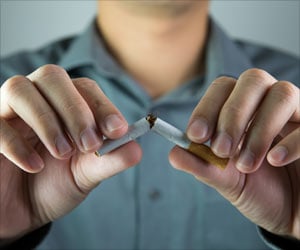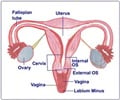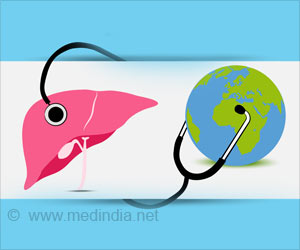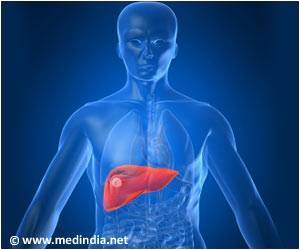
Mendrek said that it could therefore be easier for women to overcome abstinence-related withdrawal symptoms during the mid-luteal phrase, i.e. after ovulation, when their levels of oestrogen and progesterone are elevated, but psycho-social factors cannot be excluded, as tested women were explicitly asked in the study about the phase of their menstrual cycle.
The researchers led their study with two specific objectives in mind. The first was to check if there are gender differences in the neronal circuits linked to craving. The second was to determine if the electrocortical changes associated with nicotine withdrawal fluctuate in tandem with hormone variations.
No significant differences were found between the men and women insofar as the neuronal circuits were concerned. However, the activation patterns for the females varied considerably over their menstrual cycle.
Certain areas of their frontal, temporal and parietal cortex revealed greater activation during the follicular phase, while limited activation was recorded in the hippocamp during the luteal phase.
The study is published in Psychiatry Journal.
Advertisement















